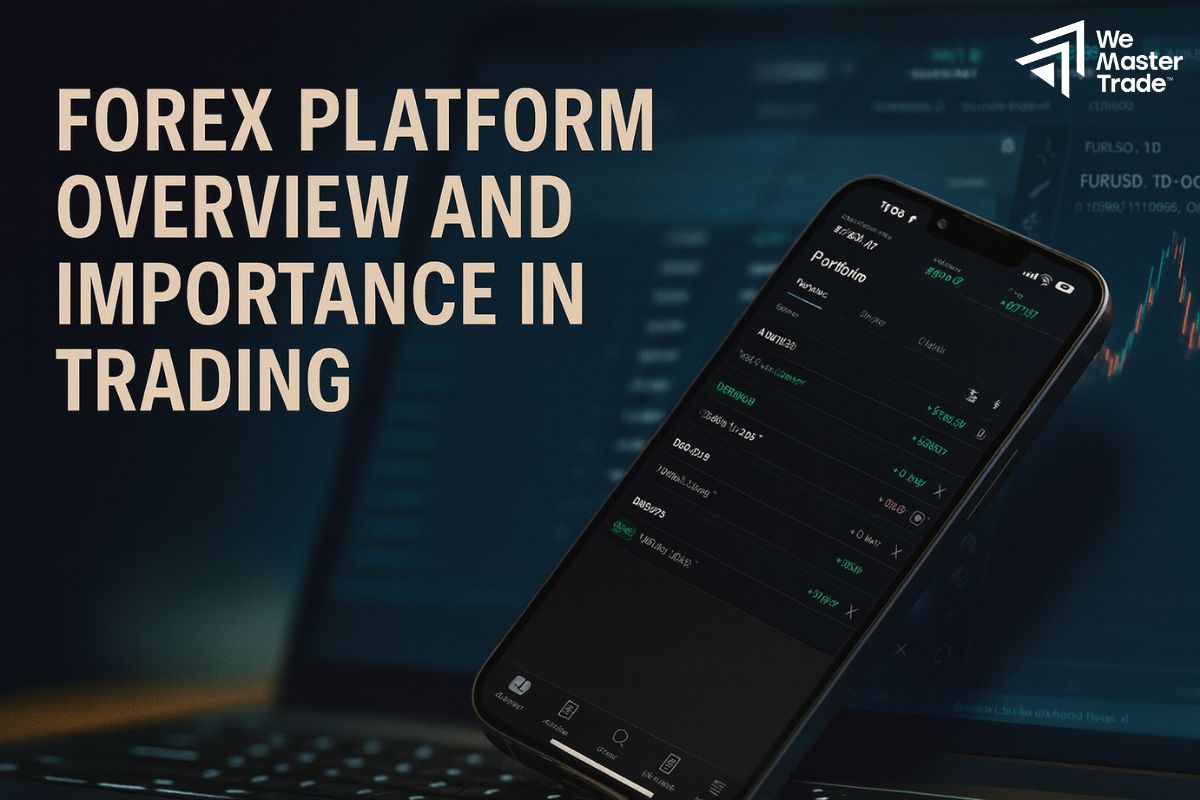Are you ready to step out of your comfort zone and try your hand at the financial markets? A live account will be a big challenge for you.
What is a live account?

A live trading account allows traders to participate in financial transactions with real money instead of virtual money as in a demo or practice account. This account allows you to buy and sell financial assets such as stocks, forex, commodities, etc. You can customize the account according to your needs and all transactions are executed instantly.
See now:
- What is a Demo Account? How to Choose an Account in Forex
- Instructions how to use the Economic Calendar updated daily
- What is Financial News in Forex? How to Read New Effectively
Advantages and disadvantages of live accounts in trading
No matter how great an account or product is, it cannot avoid the advantages and disadvantages that always exist together. Let’s learn more about the advantages and disadvantages of a direct account below:
Advantages of live accounts in trading
- Gain real trading experience: Allows investors to understand the dynamics of the forex market. This helps traders develop skills in risk management, trade execution and emotional control.
- Take advantage of the opportunities to amplify investment returns that forex trading offers due to its high liquidity and leverage.
- Allows traders to access important real-time market data, including quotes, charts and news updates. This enhances their knowledge, helps them make informed trading decisions and identify profitable opportunities.
Disadvantages of live accounts in trading
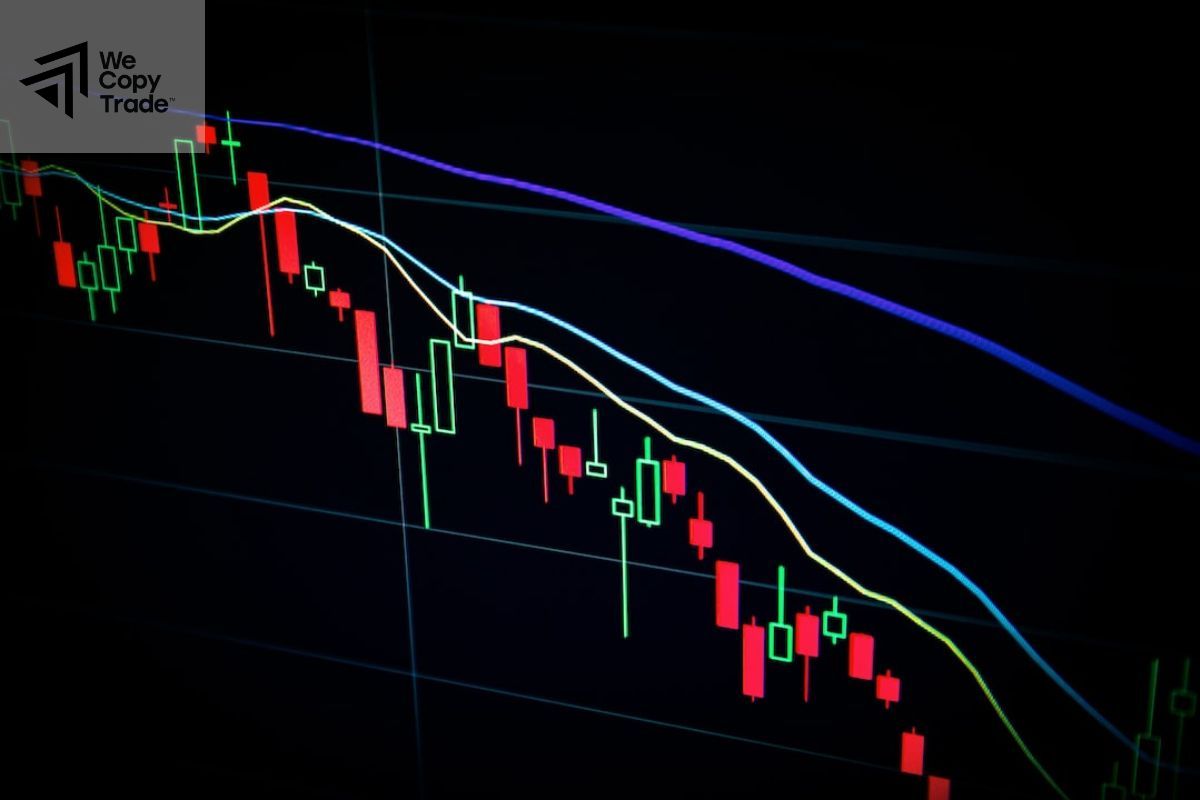
- Emotional Impact: Fear, greed and impatience can lead to poor decision making, investment losses, and stress, especially for novice traders.
- Costs: When using a real account, traders often have to bear some costs and commissions from forex brokers. These costs can reduce trading profits and impact overall profits.
- Impact of volatility: fluctuations can affect prices and cause unexpected losses if not managed properly.
- Potential for financial loss: The fatal disadvantage of Forex trading is that investors can lose their entire investment if they make wrong decisions during the transaction process.
The foreign exchange market is a challenging arena, requiring traders to equip themselves with solid knowledge and skills. Rushing into live trading without proper preparation can easily lead to significant losses. Take the time to familiarize yourself with the market, hone your analytical skills, and develop a trading strategy before deciding to invest real money.
Differences between live and demo accounts
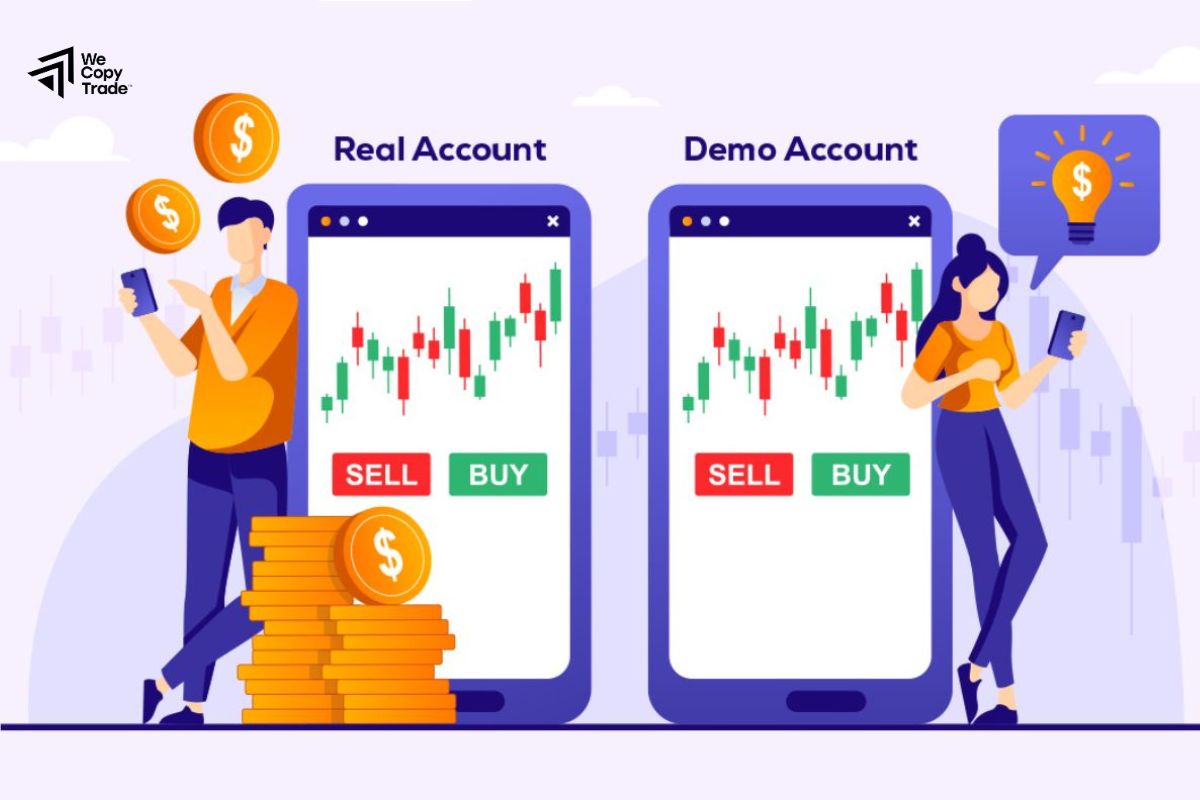
The most obvious difference between a Demo and Live account is their intended use.
Live accounts are designed for investors who want to trade with real money and achieve real profits. Meanwhile, Demo accounts serve as a learning tool, helping investors get familiar with the trading platform and practice their skills before moving on to real trading.
In addition, there are some significant differences in transactions, specifically:
Emotional Impact
While demo accounts provide a virtual, risk-free trading environment for traders to hone their skills, live accounts provide a real trading experience with the psychological pressures that come with it. Emotions such as fear, greed, and anxiety can influence trading decisions and lead to undesirable outcomes
Market Execution
While the Demo trading environment is a simulation where factors such as liquidity, slippage and order fills are adjusted to create a near-real experience, the Live account takes place in a dynamic market where traders are faced with real-world challenges such as sudden price swings, changing liquidity and slippage that can occur at any time.
Educational Value
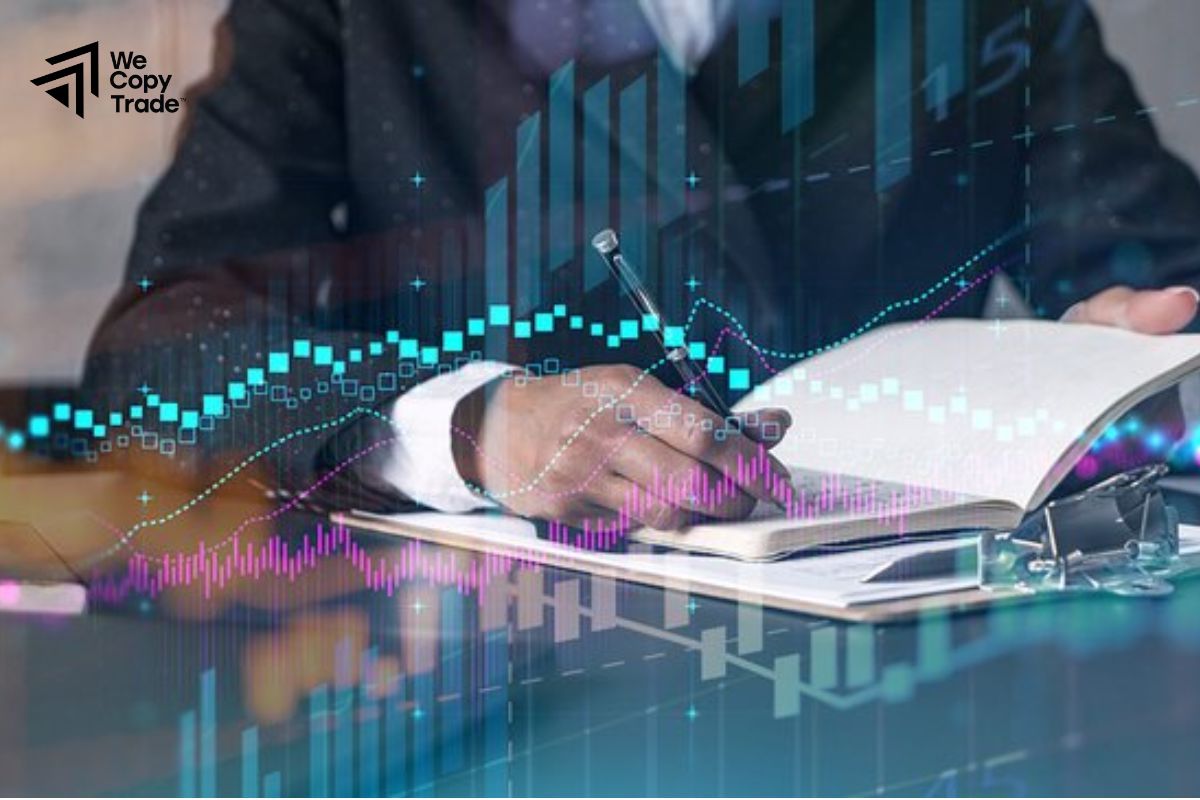
A demo account is an ideal experiment for traders to practice their skills and increase their confidence before entering the real market. Here, they can freely explore the markets and test any strategy without worrying about financial risks.
On the other hand, when getting closer to the door of shaping a professional trader, trading with real money will bring real experiences, helping investors practice discipline, risk management and emotional control.
Account Management
Compared to a demo account, managing a live trading account is much more complicated. Investors need not only knowledge of the market but also good risk management skills. This includes building a detailed trading plan, closely monitoring positions and being ready to face market fluctuations.
Slippage Orders
A slippage order is similar to ordering an item on an online shopping site. In a demo environment, you always get the item at the listed price. However, when you actually buy an item, the price can change in an instant due to factors such as inventory, competition, or even system errors. To avoid overpaying, you need to monitor prices regularly and decide when to buy.
Impact of Trading Fees
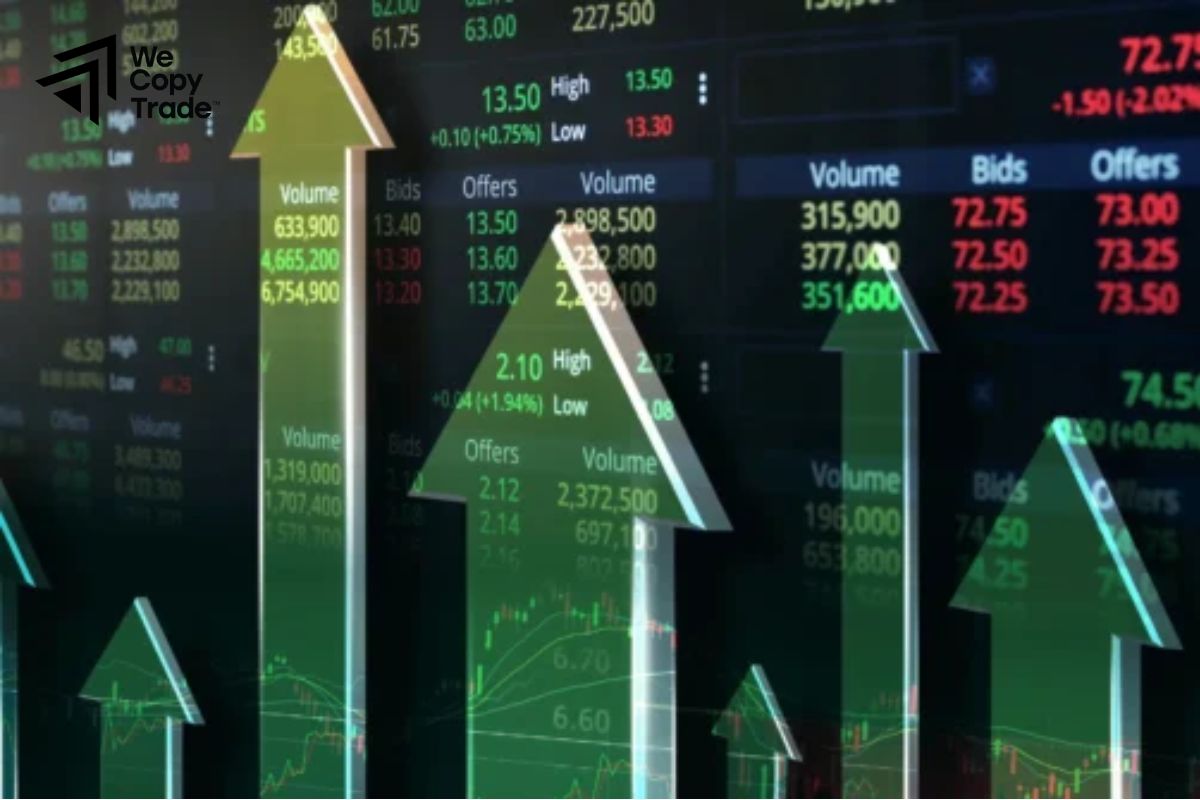
Demo accounts are completely free, while live accounts come with a variety of fees.
Trading fees can significantly impact your returns, so it’s important to learn about them before you decide to invest.
Availability of Trading Tools and Features
Unlike a real trading account, a demo account is usually designed with a more limited number of tools and features. Meanwhile, a live account offers a full range of modern tools and features, including in-depth charting tools, diverse technical indicators, and rich order types, helping traders execute transactions efficiently and flexibly.
Types of Live Accounts
Along with different trading methods, there are different types of trading accounts. Let’s find out about the popular types of live accounts:
Standard Trading Account
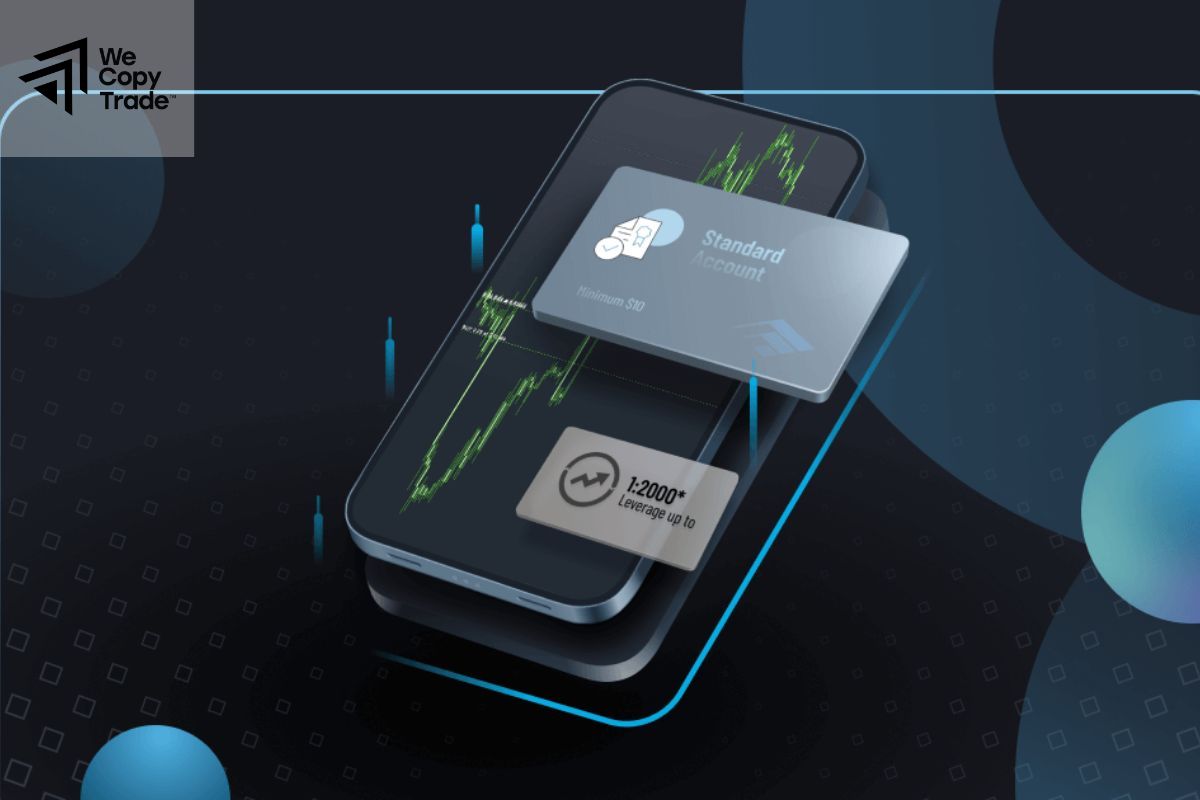
This is the most common type of forex trading account, and is a useful tool for beginners of trading Forex. When you open a standard trading account, you are trading with a standard lot, which is equivalent to 100,000 units of the base currency. For example, if you are trading the EUR/USD pair, a standard lot would be 100,000 Euros.
How does lot size affect trading?
- Each pip change in a standard lot is typically equivalent to 10 units of the quote currency. If the quote currency is USD, each pip change would be equivalent to 10 USD.
- The larger the lot size, the higher the potential risk and profit.
Micro live account
A Micro Trading Account is used for trading Micro Lots.
Micro Lots are a very small fraction of a standard Forex trade, allowing new traders to trade with less capital and better control their risk. Micro Lots are a great tool for practicing and getting familiar with the market, allowing for multiple small trades to spread the risk.
For example:
- 1 Micro Lot EUR/USD is equivalent to 1,000 Euros.
- Each pip change in 1 Micro Lot is usually equivalent to 0.10 USD.
Cent live account

Cent Lots are the unit of trade on Cent Trading Accounts.
Cent Lot is an ideal tool for beginners to get acquainted with the Forex market, controlling maximum risk. Known as the smallest trading unit in Forex, only 1/1000 of a Standard Lot.
For example:
- 1 Cent Lot EUR/USD is equivalent to 100 Euro.
- Each pip change in 1 Cent Lot is equivalent to 0.01 USD.
Opening a Live Account
Learning with practice”, to be able to apply the knowledge you have learned, let’s learn the actual process of opening a trading account. This is an important step to help you conquer the Forex market:

- Learn the Basics: Understand how forex works.
- Choose a Broker: Consider reputation, regulation, platform, and fees.
- Register for an Account: Provide personal and financial information.
- Verify Your Identity: Submit documents for verification.
- Fund Your Account: Deposit money to start trading.
- Set Up Your Trading Platform: Familiarize yourself with the software.
- Implement Risk Management: Use stop-loss and take-profit orders.
- Start Trading: Begin with a clear strategy and stay informed.
- Keep Learning: Continuously update your knowledge and skills.
Conclusion
Through this article, we hope you have a better understanding of the live trading account and its importance in the Forex investment process. Equip yourself with the necessary knowledge, choose a reputable broker and start your journey to conquer the market today. Good luck!
See more:





